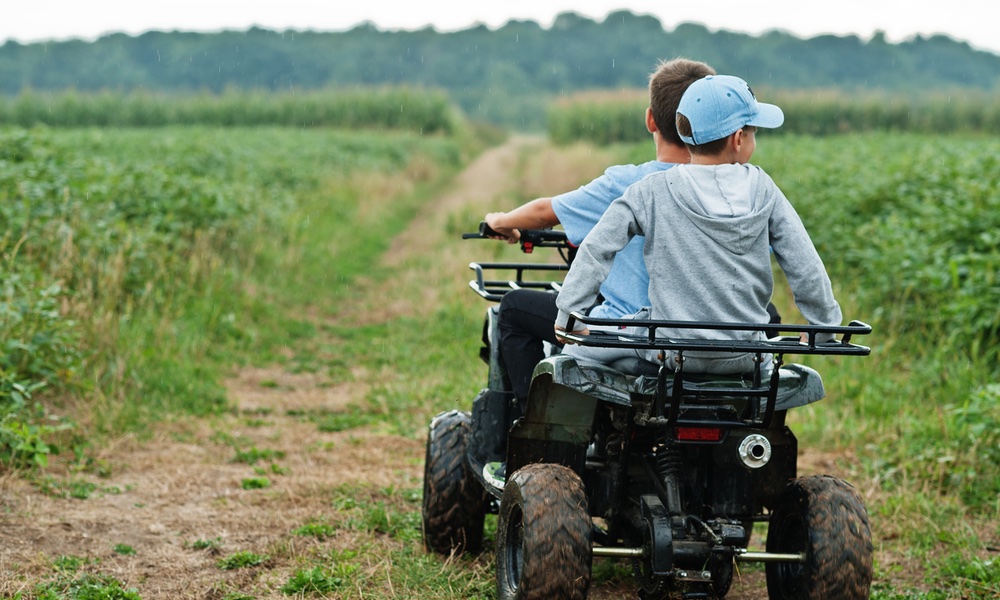Adolescents are often in a hurry to just hop on their dirt bike or all-terrain vehicle (ATV) and head out on the rugged roads. This might mean they neglect to wear a helmet. But that’s a big mistake — even if they’re just hopping on a bicycle. Kids who have riding accidents on these vehicles when they’re not wearing helmets suffer much higher rates of traumatic brain injuries compared with young riders wearing headgear, according to a recent study published in the Journal of Neurosurgery: Pediatrics.
The researchers analyzed medical records of adolescents involved in ATV or dirt bike accidents between 2010 and 2019 who were treated at the Vanderbilt University Medical Center in Nashville. First the team used the institutional trauma registry to identify accident cases and then they manually reviewed full patient records.
A total 680 patients between the ages of one to 17 years (with an average age of eleven) were included in the research. Of this group, 230 patients had been wearing headgear at the time of their crash, while 450 were not. The study’s statistically significant findings make clear the undeniable difference helmet-wearing makes in preventing or reducing serious head trauma.“What is startling is that the rate of helmet use for patients presenting to the emergency department has not really changed and the consequences are obvious.”
- Receive neurosurgical consultation (26 percent vs. 9 percent)
- Be diagnosed with moderate or severe traumatic brain injury (8 percent vs. 2 percent)
- Suffer a skull fracture (18 percent vs. 4 percent)
- Experience intracranial hemorrhage (16 percent vs. 4 percent)
- Receive tracheal intubation before arrival at the hospital (5 percent vs. 1 percent)
- Be transferred to the intensive care unit from the emergency department (20 percent vs. 10 percent)
Researchers were not that surprised to find there were more serious and more frequent injuries among those riders who wore no helmets, but the fact that the number of riders who weren’t wearing helmets remained so high over the study’s 10-year period was staggering.
“What is startling is that the rate of helmet use for patients presenting to the emergency department has not really changed and the consequences are obvious,” said Aron Yengo-Kahn, Co-Director of Research Neurotherapy at the Vanderbilt Sports Concussion Center & Vanderbilt Sports Concussion Research (V-SCoRE). He hopes the new findings will “reinvigorate efforts to improve injury prevention.”
Concussions are difficult to spot, and they have lasting consequences. It's understandable that parents want to encourage activities their children find fun, but that's no reason to leave them unprotected. Buy your child a helmet; make sure he or she wears it. It will soon become routine.





